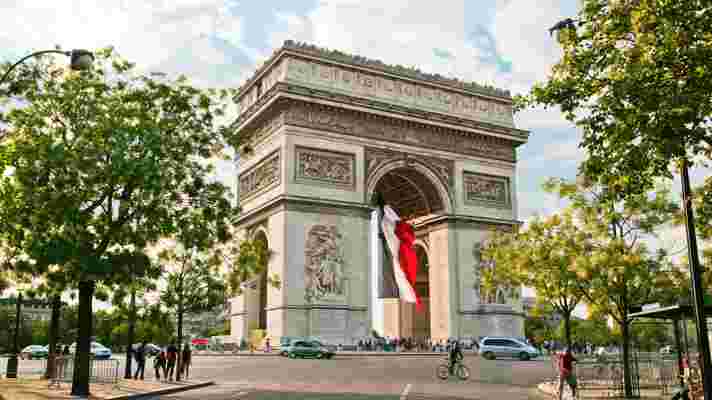It was exactly 180 years ago today that the Arc de Triomphe was inaugurated in Paris as a symbol of France’s military strength. Situated in the center of the Place Charles de Gaulle, at the western end of the Champs-Élysées, the Arc de Triomphe has become one of the most recognizable monuments in the world. Yet, the 30 years it took to create the structure were full of drama and setbacks. It all began in 1806, when the first stone was symbolically placed on August 15, Napoléon Bonaparte’s birthday. As the emperor of France and a strong proponent of public art, Napoléon had commissioned architect Jean Chalgrin to design the military monument. Inspired by the Arch of Titus, which was built in the first century in Rome, Chalgrin’s neoclassical vision consisted of a single arched building that used its four columns not for decorative purposes but as a practical means to support the entire structure.

The grand project was halted when Chalgrin died, and in 1814, Napoléon lost the throne. For a decade, construction completely ceased. That continued until King Louis XVIII called for work to begin once more. In a departure from Napoleon’s initial vision, King Louis XVIII hired architect Jean-Nicolas Huyot (a former student of Chalgrin) to complete the project; the ruler also dedicated the massive work of public art to his nephew, who had just led a strong military campaign in Spain.
In July of 1830, a revolution swept through France, and Louis-Philippe became the new ruler. Under his watch, Huyot was fired as lead architect and replaced by Guillaume-Abel Blouet in 1832, with Chalgrin’s original plans carried out to completion four years later.

Leave a Reply